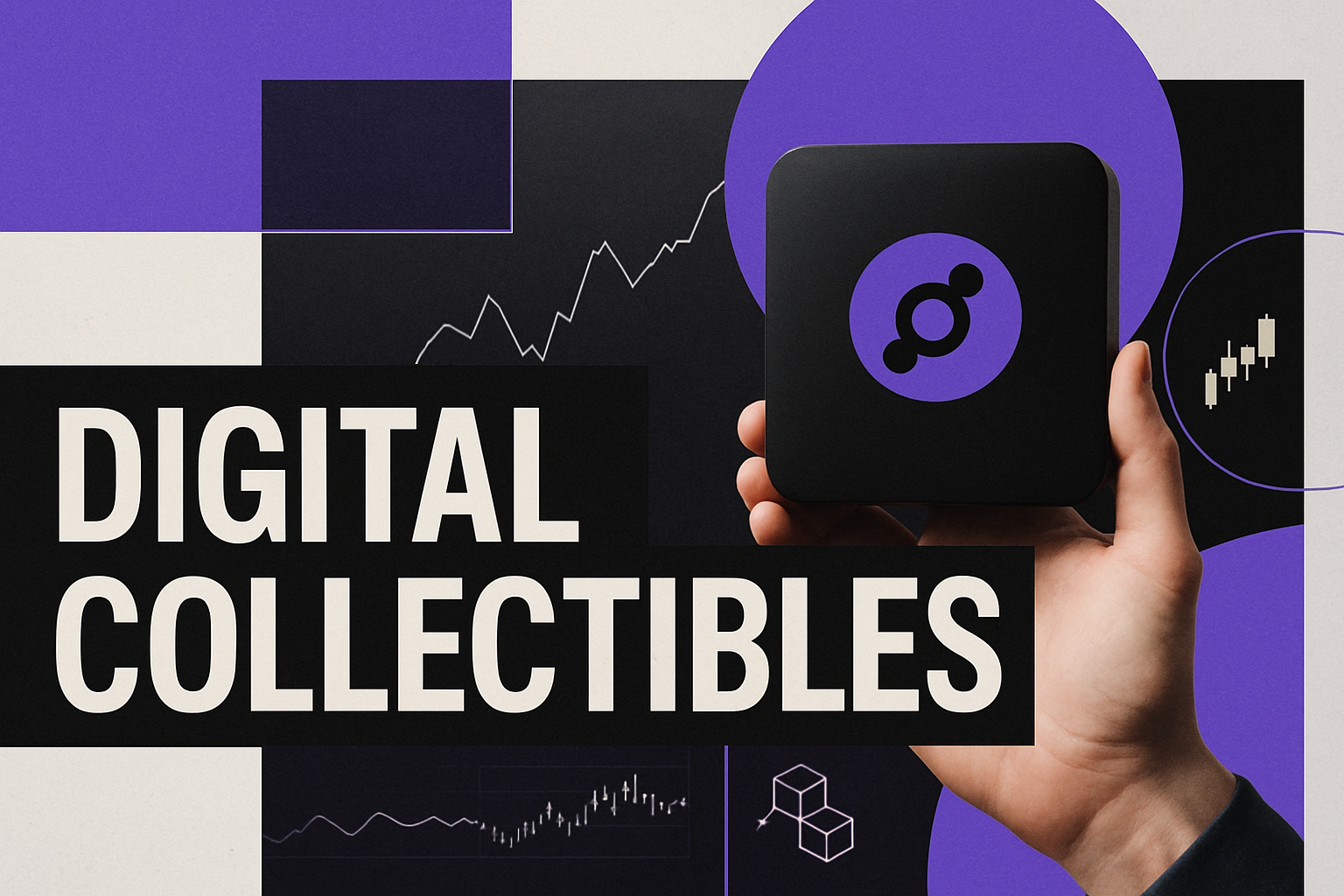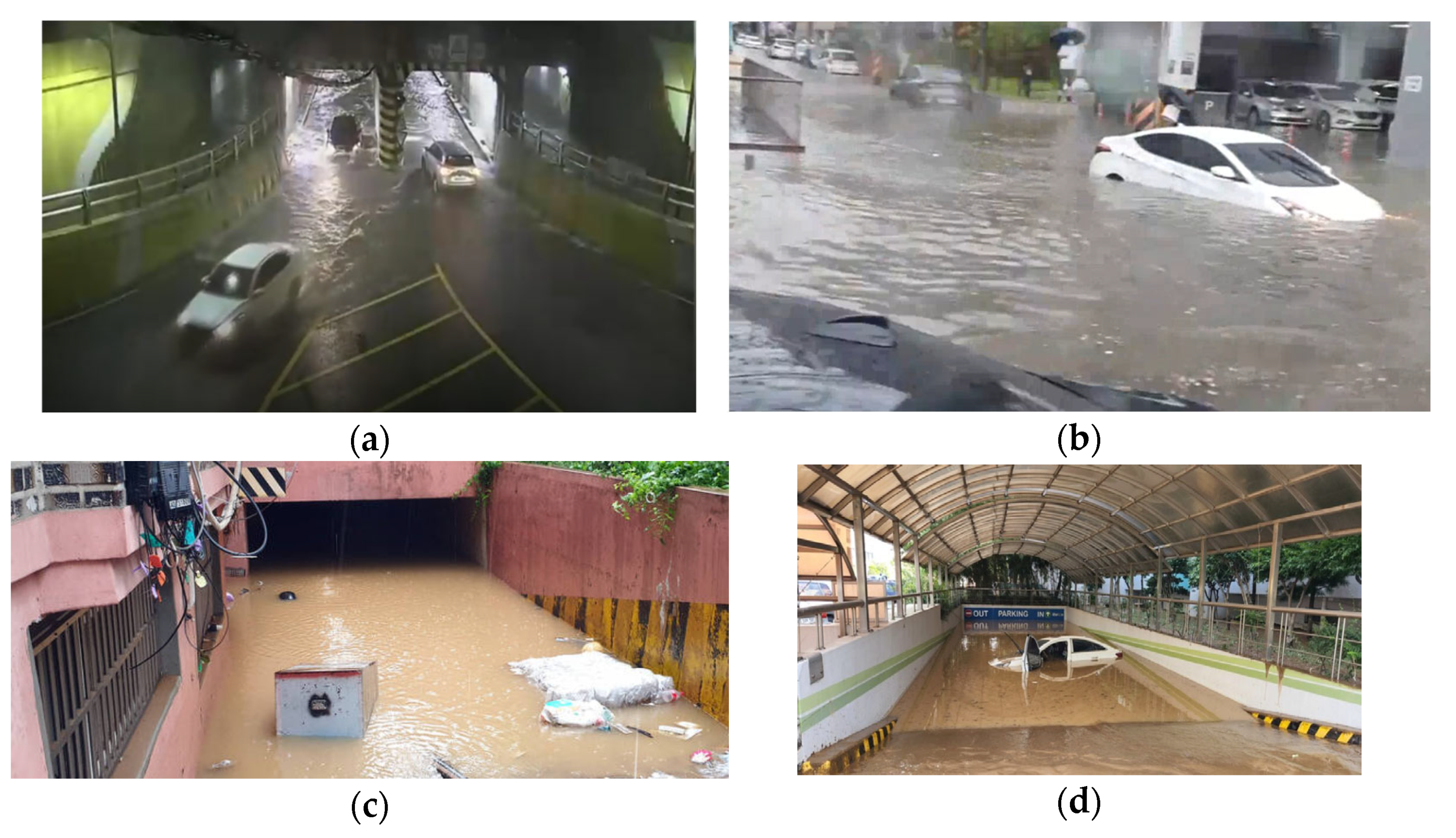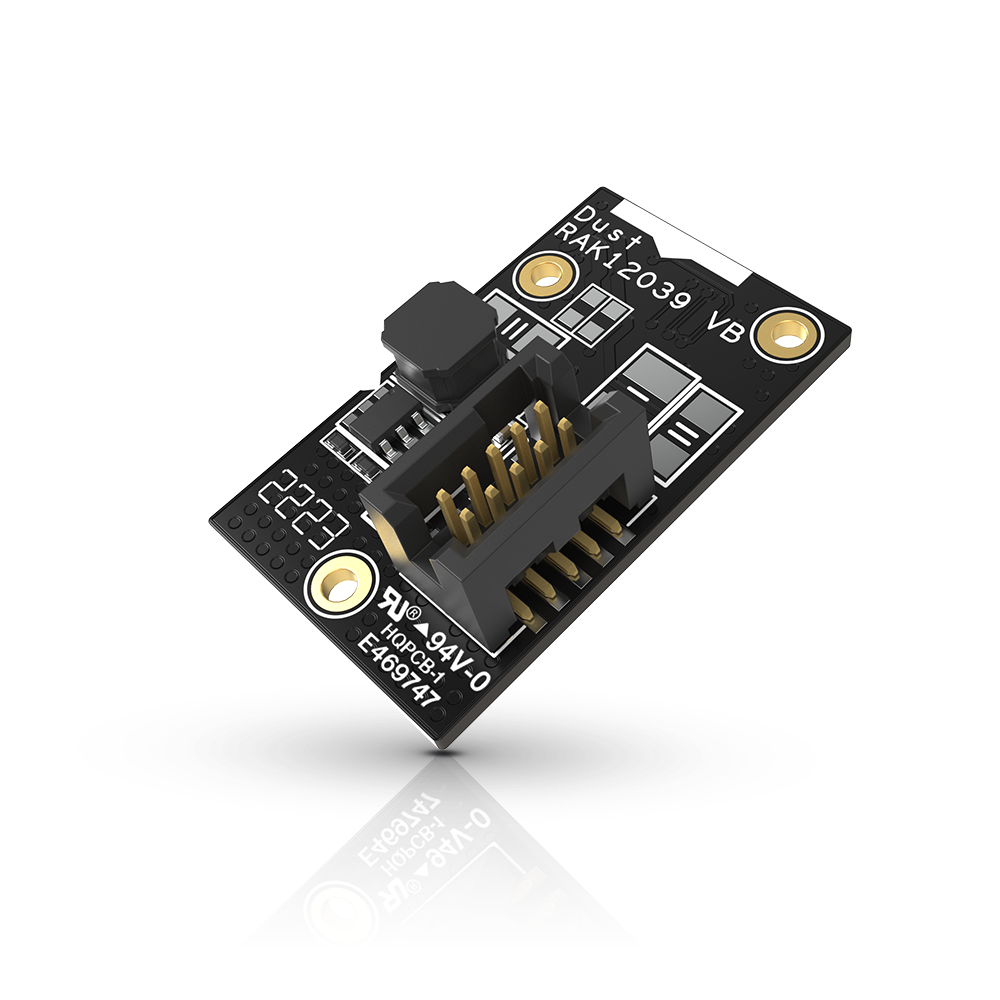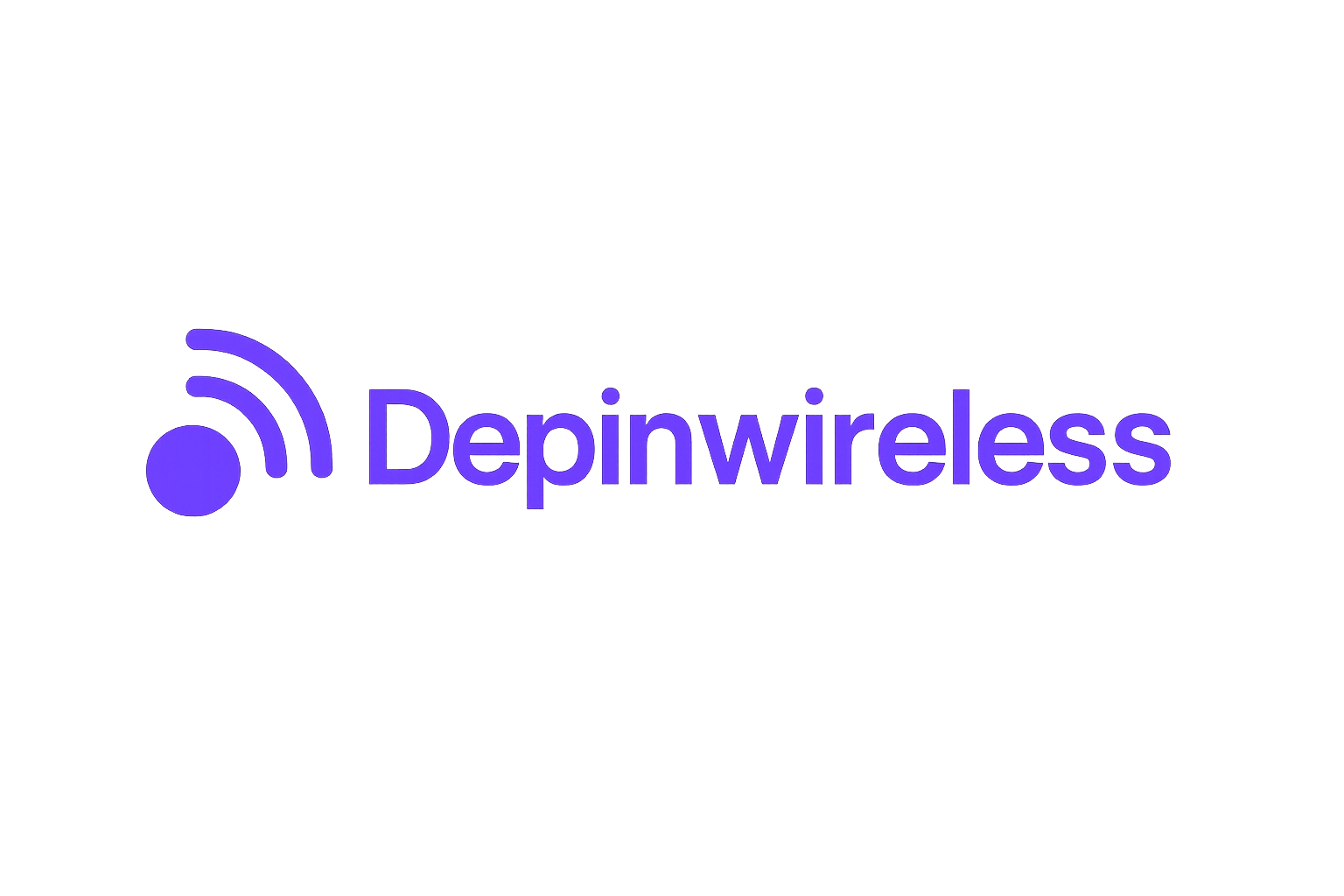
Picture a city where every streetlight, parking meter, and air quality monitor is part of a living, breathing digital ecosystem. This isn’t science fiction, it’s the reality emerging in smart cities powered by Helium 5G hotspots and decentralized IoT networks. As urban centers grapple with congestion, pollution, and ever-tightening budgets, the Helium Network offers a radical new approach: anyone can deploy a hotspot, earn crypto, and help transform their city’s infrastructure from the ground up.

Why Decentralized Wireless Infrastructure Is Winning in Smart Cities
The old model of connectivity, centralized, expensive, and dominated by a handful of telecom giants, is buckling under the weight of modern urban needs. Enter decentralized wireless infrastructure, where the Helium Network lets individuals and small businesses install 5G and LoRaWAN hotspots to blanket cities with affordable, robust IoT coverage. The result? A peer-to-peer network that’s already active in more than 18,000 cities across 131 countries.
Unlike traditional carriers, Helium’s model is powered by blockchain technology and a unique incentive structure. Hotspot operators are rewarded with Helium Network Tokens (HNT): currently trading at $2.09: for providing coverage and transferring data. This has fueled explosive growth: as of October 2025, the network boasts over 366,000 active hotspots worldwide, with a significant footprint in major U. S. cities.
How Helium 5G Hotspots Enable Real-World Smart City Solutions
What does this look like on the ground? Think of parking sensors that guide drivers to available spaces, traffic lights that adapt in real time to congestion, or air quality monitors that feed live data to health officials, all connected through a decentralized mesh of Helium hotspots. This network supports both low-power LoRaWAN devices for long-range sensor data and high-bandwidth 5G for applications like autonomous vehicles or smart grids.
Recent case studies illustrate Helium’s versatility: WeatherXM is using the network for hyper-local weather monitoring; QNECTD helps cities manage connected infrastructure; KitchenOS leverages Helium for food safety compliance. These solutions are only possible because the Helium Network’s architecture dramatically lowers connectivity costs and removes reliance on legacy telecoms.
Helium’s Blockchain Backbone: Incentivizing Urban Innovation
At the heart of Helium’s success is its blockchain-based incentive model. By rewarding participants with HNT for providing reliable coverage (and only for verified data transfer), the network ensures continuous expansion and quality of service. The recent acquisition of FreedomFi has supercharged Helium’s 5G rollout, making it easier for anyone to deploy open-source 5G hotspots in their neighborhood.
This democratization of wireless access is more than just a technical upgrade, it’s a paradigm shift. Cities are no longer beholden to costly contracts or patchy service. Instead, they can tap into a growing community of hotspot operators who are financially motivated to maintain and improve network coverage. The result: smarter infrastructure, more resilient cities, and new opportunities for both tech enthusiasts and urban planners.
Helium’s decentralized approach doesn’t just make connectivity cheaper, it makes it smarter and more adaptive. As more citizens deploy hotspots, network density increases organically in the areas that need it most, whether that’s a busy downtown intersection or an underserved suburban block. This grassroots expansion model is unlocking new layers of data-driven city management and civic engagement.
Smart City Use Cases: The Network in Action
Across the globe, cities are experimenting with Helium 5G hotspots to solve real-world challenges. In Dallas, for example, a network of Helium-powered sensors helps city officials monitor traffic flows and optimize signal timing, reducing congestion and emissions. In Chicago, environmental groups use Helium-connected air quality monitors to track pollution hotspots and advocate for cleaner streets. Even parking enforcement is getting an upgrade, with IoT sensors relaying space availability to drivers via smart apps.
These deployments are not just pilot projects, they’re live, growing networks that demonstrate the power of decentralized IoT networks in action. Because the Helium Network supports both LoRaWAN and 5G, cities can mix ultra-low-power sensors with high-bandwidth devices, enabling everything from simple leak detectors to next-gen public WiFi. The diversity of use cases is matched only by the diversity of participants: local businesses, hobbyists, and municipal agencies all have skin in the game.
Helium-Powered Smart City Innovations Worldwide
-

WeatherXM: Decentralized Weather Stations – WeatherXM uses Helium hotspots to connect thousands of weather stations, delivering real-time, hyperlocal weather data for smart city planning and climate resilience.
-

QNECTD: Smart Parking Solutions – QNECTD leverages the Helium Network to power IoT-enabled parking sensors, helping cities optimize parking space usage and reduce congestion.
-

KitchenOS: Connected Commercial Kitchens – KitchenOS utilizes Helium’s decentralized IoT connectivity to monitor kitchen equipment and food safety in urban restaurants, improving compliance and efficiency.
-

Helium-Powered Smart Lighting in San Jose, USA – The city of San Jose has piloted smart street lighting using Helium hotspots, enabling remote monitoring and energy savings across urban neighborhoods.
-

FreedomFi 5G Hotspots in American Cities – Following Helium’s acquisition of FreedomFi, decentralized 5G hotspots have been deployed in cities like New York and Dallas, supporting high-bandwidth applications such as autonomous vehicles and public Wi-Fi.
-

Flood Detection Sensors in Europe – European municipalities are implementing Helium-connected flood sensors to provide early warnings and protect communities from urban flooding.
-

Environmental Monitoring in Barcelona, Spain – Barcelona utilizes Helium-powered IoT sensors to track air quality and noise pollution, empowering smarter environmental policies.
For urban planners and city technologists, the appeal is clear: rapid deployment, minimal upfront cost, and a blockchain-secured reward system that aligns incentives for all stakeholders. As more cities join the network, interoperability and data-sharing become easier, accelerating the pace of smart city innovation.
The Future of Smart City Blockchain: What’s Next for Helium?
With Helium Network Tokens (HNT) holding steady at $2.09, the momentum behind Helium’s model is only growing. As more cities and solution providers build on this decentralized wireless infrastructure, we’re likely to see an explosion of new applications, from predictive maintenance for utilities to real-time public safety alerts and beyond.
The Helium Network’s migration to Solana has also unlocked faster transaction speeds and lower fees, making microtransactions for data usage and device onboarding seamless. This technical leap means that smart city projects can scale without friction, while the blockchain backbone continues to guarantee transparency and trust.
For those looking to get involved, whether as a hotspot operator, developer, or investor, the opportunity is clear: decentralized wireless is not just a trend, it’s the foundation of tomorrow’s connected cities. The Helium Network empowers communities to own their infrastructure, drive local innovation, and share in the value they help create.
“Opportunity favors the prepared. ” As cities reimagine their digital future, those who embrace decentralized models like Helium will be best positioned to shape, and benefit from, the next wave of urban transformation.







